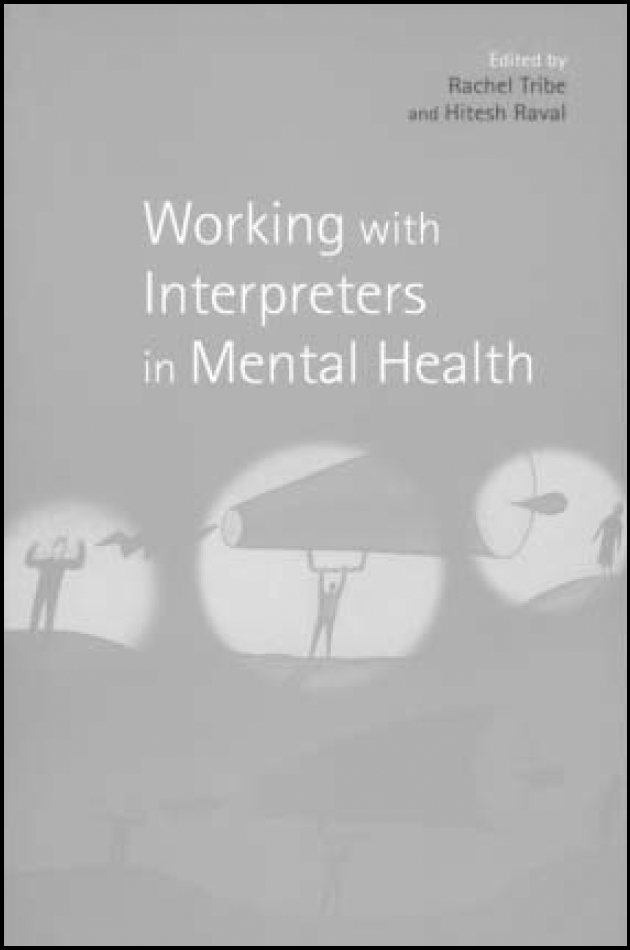
Occasionally, all psychiatrists need the help of an interpreter. For many, working with interpreters is a regular, and increasingly frequent, aspect of routine work. An ability to work competently with interpreters is now a requirement of the MRCPsych basic specialist curriculum. When reading this book, I conducted a small, unrepresentative and biased survey of mental health staff and medical students. The results suggested that although communication skills are now widely taught, specific training on how to work with interpreters is still a rarity. This is an extraordinary omission. Communicating effectively is the essence of what we all do, and is never more vital than when trying to help people from different cultures.
This book provides the basics on how to work effectively with an interpreter, but also much more. Chapters written by interpreters themselves help to highlight the fragility of their profession, the difficulties they face in day-to-day work and their strong feelings of being undervalued. Other chapters focus on therapeutic work with interpreters, and theoretical models that underpin much of the work. There are chapters devoted to the specific problems of refugees. Throughout the book, there are case vignettes and descriptions of individual services, which helps to keep the text lively and interesting.
Sadly, some of what is advocated is difficult, if not impossible, to put into practice within the current time restraints in the NHS. Ideally, out-patient appointments with an interpreter should be twice as long as usual, and time should be given before and after the interview to talk to the interpreter, but where will the time come from?
There are two important omissions from the book. First, the editors were unable to find anyone to write about working with deaf patients, and signing interpreters. Although much of the book would apply to signing interpreters, it is an area that would have benefited from its own chapter. Second, the use of psychometric tests across languages and the interpretation of assessment instruments are not included.
Do you really need to read a 250-page book to learn how to work with interpreters? Probably not, but there is much of interest in this book and hopefully it will draw attention to this important area of practice, encourage more skills-based teaching and prompt someone to include it in the MRCPsych examinations.



eLetters
No eLetters have been published for this article.